Language and currency settings
Change your language and currency settings by selecting your preferences below
Select currency
Select language
Sapphires with a Conscience
True luxury isn’t just about brilliance – it’s about knowing that beauty doesn’t come with a hidden cost. At Nangi, we believe in gemstones with values, stories and people behind them. Many of our pieces feature gemstones sourced from Sri Lanka, a country known for thousands of years of responsible, state-regulated small-scale mining. But our commitment isn’t tied to one mine or one region – it’s about supporting the systems, traditions and practices that place people, culture and nature at the forefront.

What Is Small-Scale Mining?
Small-scale mining is a traditional, community-based way of sourcing gemstones. Instead of large corporations using explosives and heavy machinery, extraction is carried out by families, neighbors and local groups. They dig narrow shafts by hand, using simple tools and water pumps, and only open small areas at a time. This protects both land and livelihoods, and ensures that ownership and value remain local.
This stands in sharp contrast to industrial mining, where monopolies control markets, drive up prices and leave extensive environmental destruction behind. Small-scale mining, on the other hand, is rooted in culture, accountability and continuity.
As Kuruppu et al. describe: “Gem mining in Sri Lanka is a centuries-old tradition, often organized at family or community level, where manual methods continue to dominate the industry” (2024, 4).
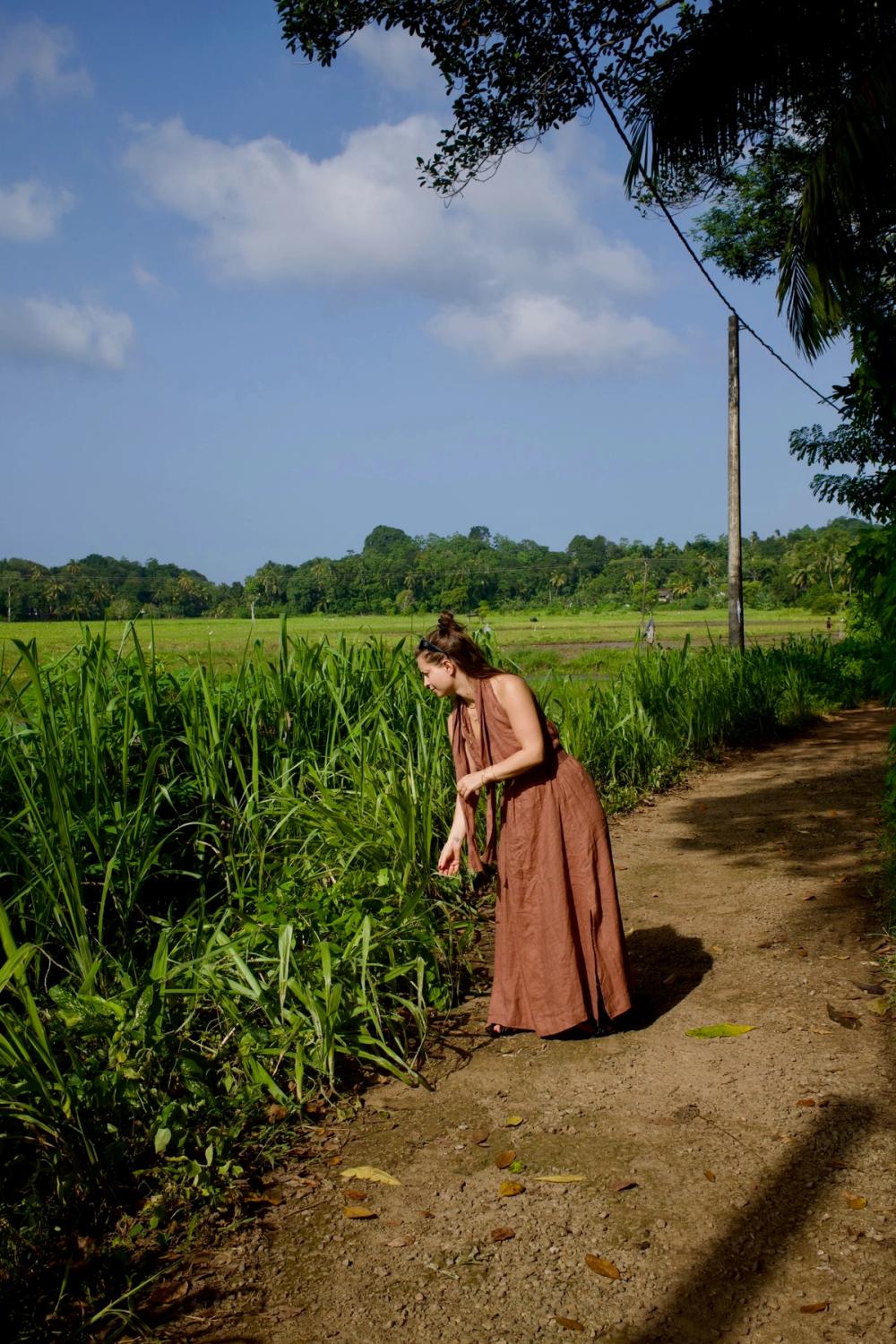
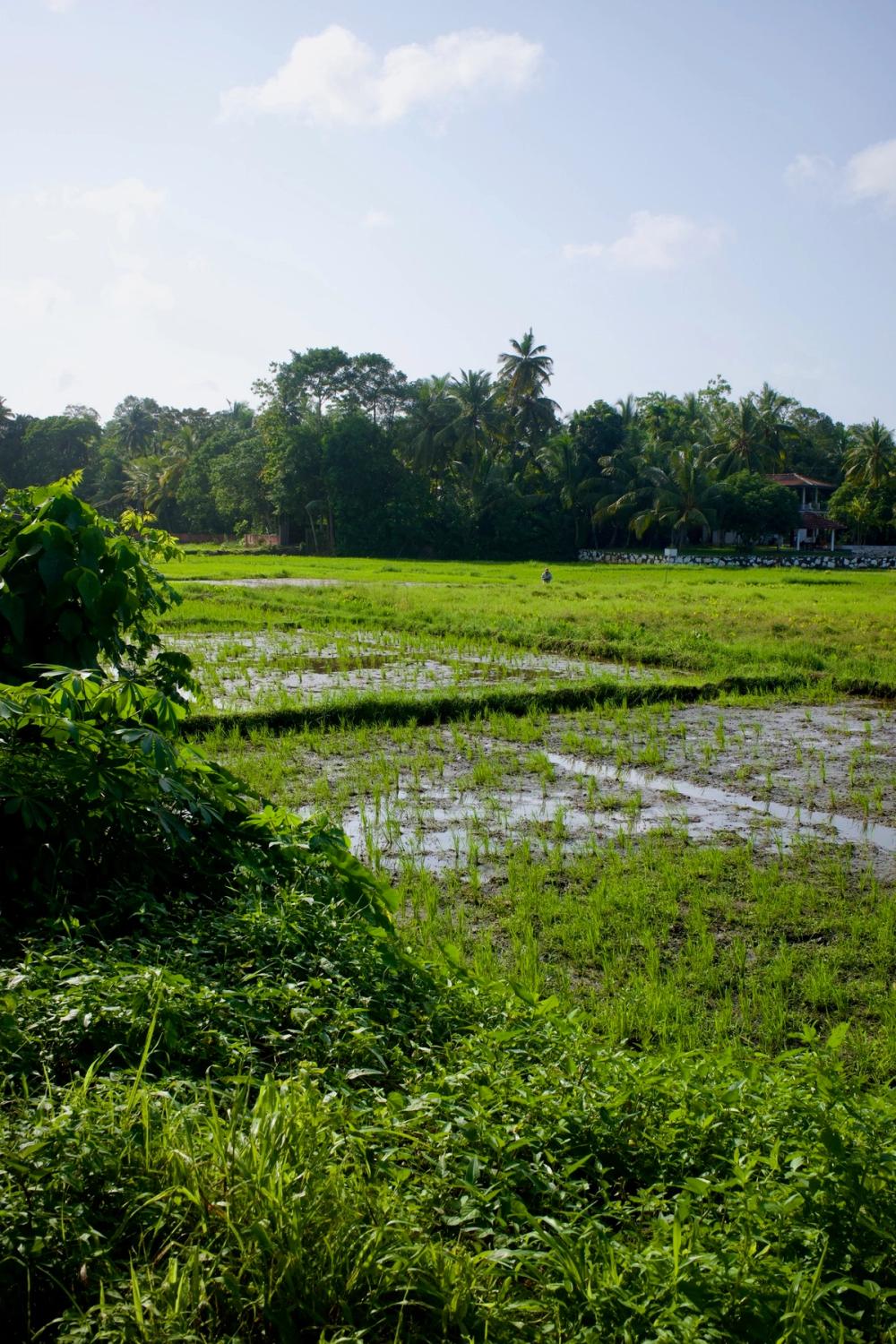
Sri Lanka – A Historic Center of Ethical Gemstone Mining
Sri Lanka, known as Ratna-Dweepa – the “Island of Gems” – has for over 2000 years been one of the world’s most renowned sources of sapphires and other precious stones. What makes the country unique is that small-scale mining here is not only legal, but licensed, regulated and closely monitored by authorities.
The state-run National Gem and Jewellery Authority (NGJA) sets requirements for responsible extraction and land rehabilitation. Once mining in an area concludes, the land is often restored and returned to agriculture or nature.
As Samarakoon and Perera note: “Sri Lanka’s gem industry is one of the most regulated and environmentally conscious in the world, ensuring both resource sustainability and community welfare” (2025, 2).
This makes the country a global example in an industry too often associated with exploitation and environmental harm.
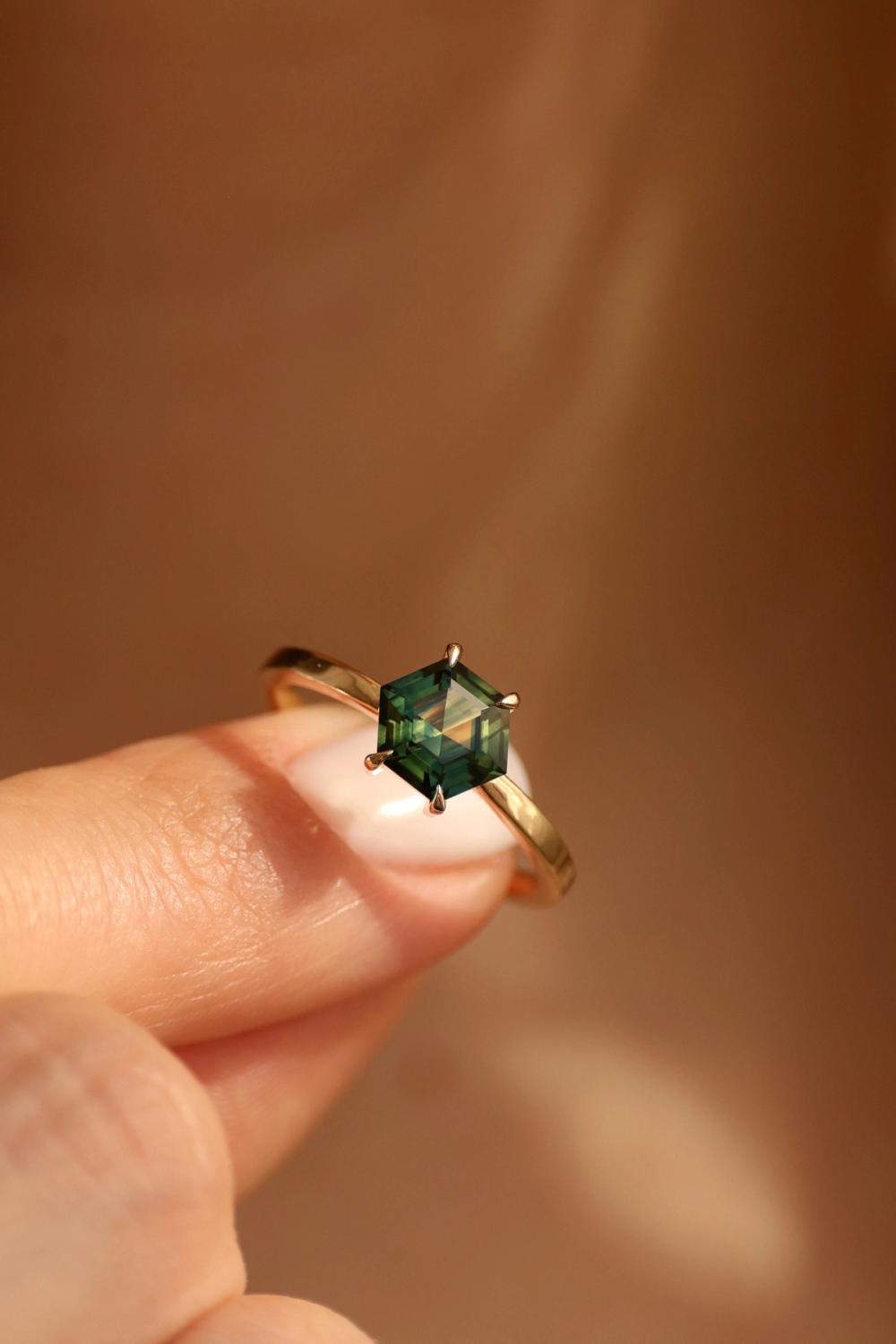
Above: Tropical Hexagon Peacock Sapphire
Culture, Livelihoods and Local Value
Sustainability is also about people. In Sri Lanka, small-scale gemstone mining is a part of family life, local culture and rural economies. It creates employment, supports schooling, and keeps value within the community.
Dasanayaka describes how small and medium-sized actors in the gemstone industry: “function as a lifeline… due to their contribution to employment generation, exports, tax income, innovation, competitiveness, equitable income distribution, and social stability” (2006, 69).
In practice, this means financial benefit stays with the people who live and work in these areas – not international monopolies.
Environmental responsibility is also built into the system. As Kuruppu et al. write: “Rehabilitation of mined land is a legal requirement…” (2024, 10).
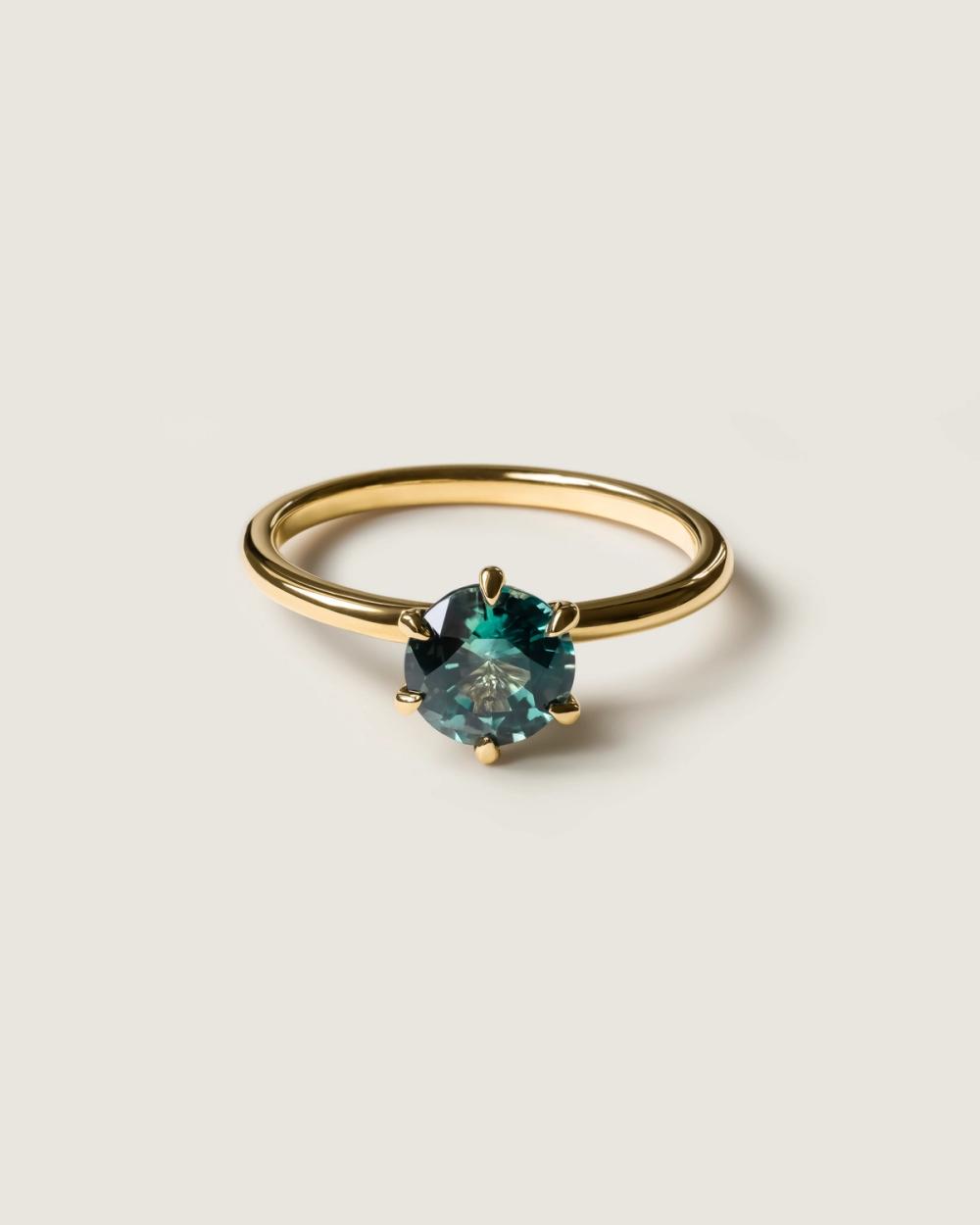
Above: Round Sapphire Solitaire
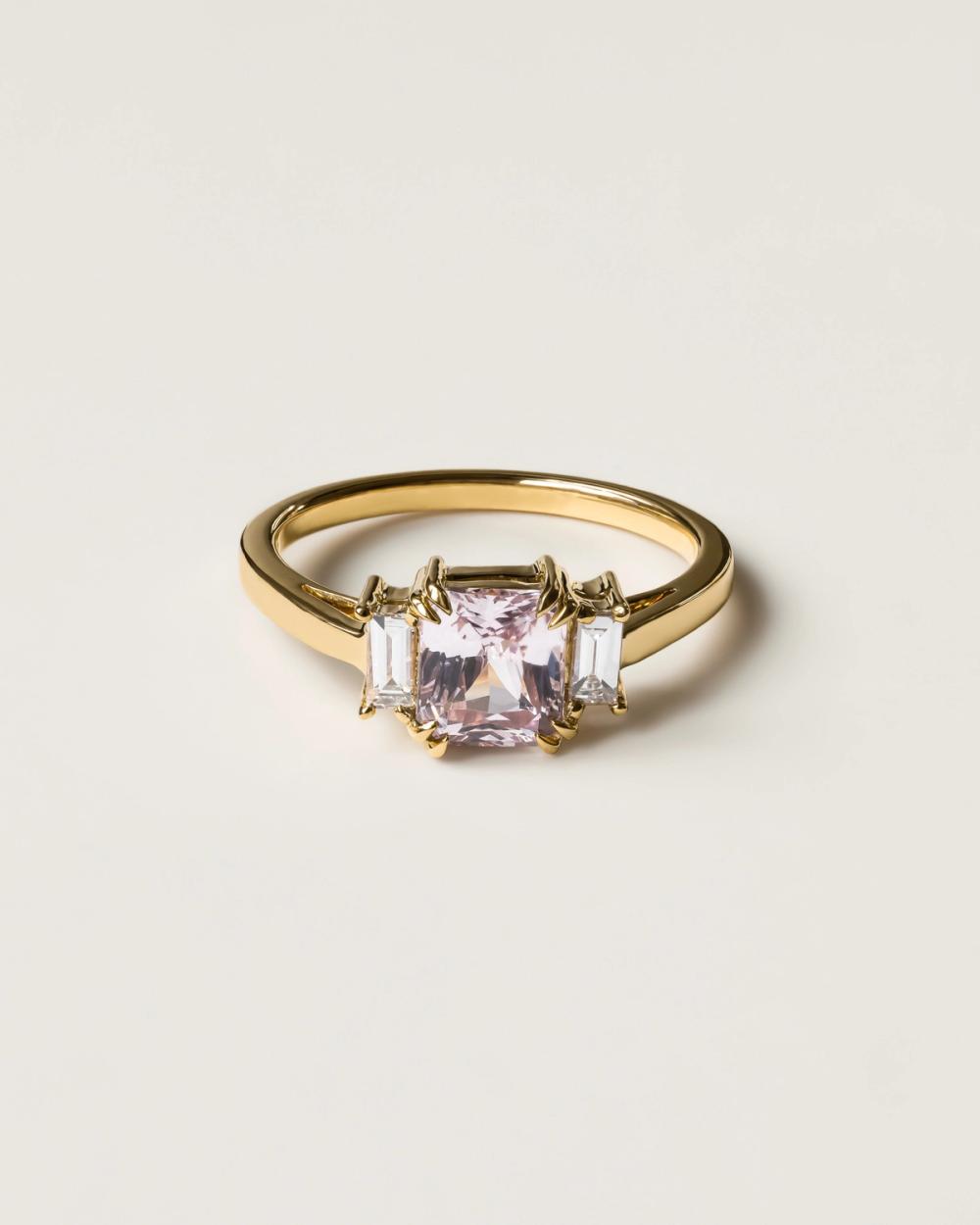
Above: Radiant Flamingo & Baguettes
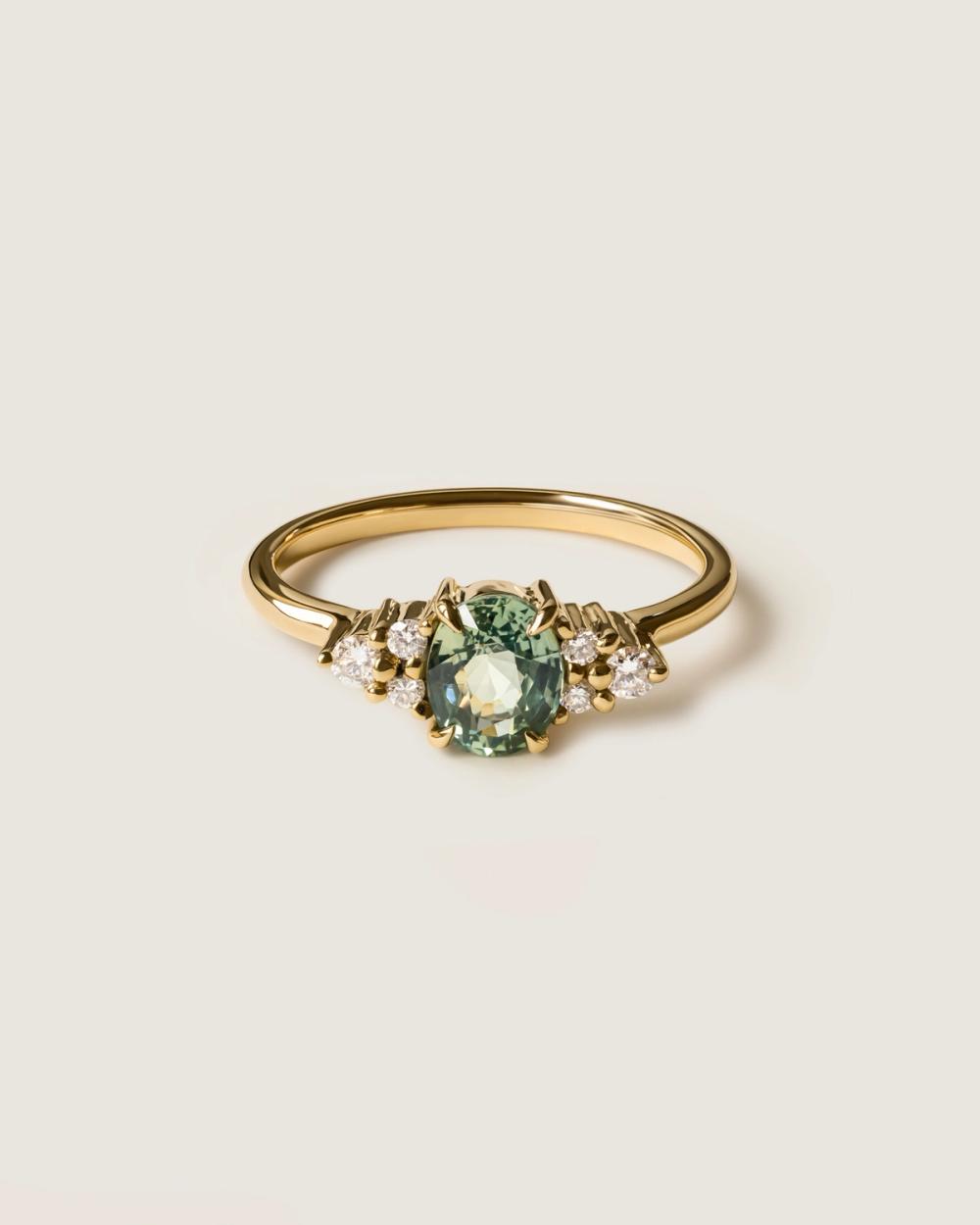
Above: Green Oval Sapphire & Sprinkled Diamonds
An Alternative to Industry Giants
In many countries, the gemstone trade is dominated by large corporations that control markets and pricing – often at the expense of both nature and local communities. Small-scale mining offers another path: one defined by lower impact, cultural continuity and local autonomy.
Where large-scale mining often involves explosions, chemicals and heavy equipment, small-scale operations rely on limited excavation, community rights and the land’s capacity to recover.
As Samarakoon and Perera emphasize: “the industry [. . .] fosters a community-driven approach to resource management” (2025, 3).
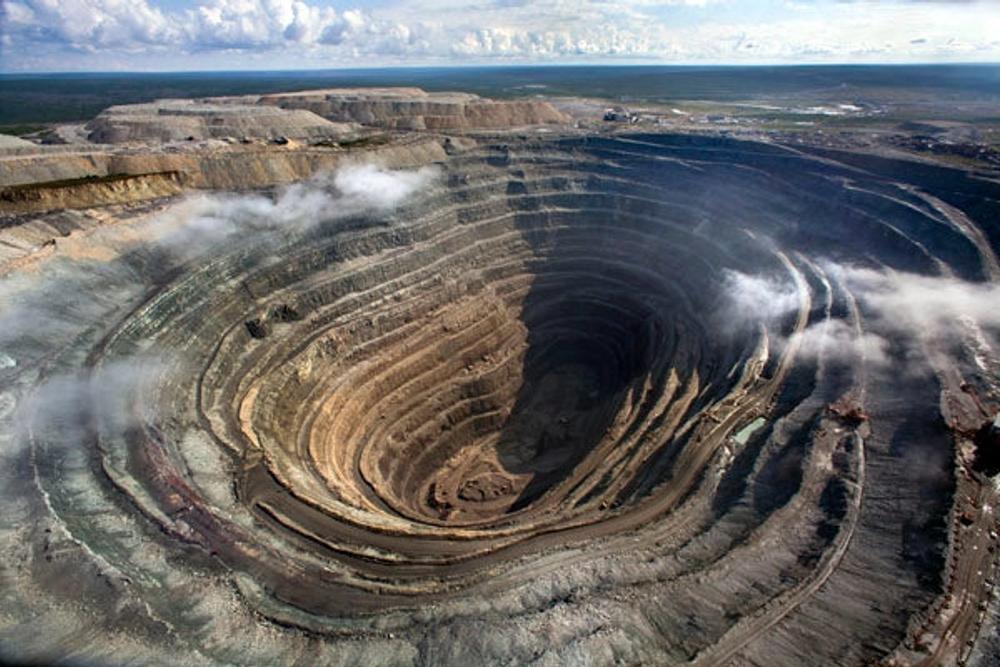

Read: The Truth About Mined Diamonds: What They Don’t Tell You
Unique Gemstones – Unique Stories
Sapphires, rubies and other precious stones are nature’s own artworks. No two are alike. Each has its own structure, color palette and geological journey, formed over millions of years.
At Nangi, we see this uniqueness as the essence of green luxury: beauty that is both personal and responsible. When you wear a gemstone extracted through small-scale, regulated methods, you’re wearing more than jewelry – you’re carrying a story.

Explore all our jewelry with natural and colorful gemstones
A Connection That Matters
Nangi has close personal and cultural ties to Sri Lanka through our founders, Jenny and Danuka. They have traveled there many times, visited mining regions and built friendships with trusted suppliers. The partners we choose are not selected by scale, but by shared values and long-term relationships.
Today, some gemstones also originate from other regions, such as Madagascar. We do not purchase directly there, but our trusted supplier sources stones in line with our standards for ethics, quality and responsibility. For us, the most important decision is not only where a stone is mined, but who we choose to work with, what values we support, and which extraction practices we stand behind.

Our founders, Jenny and Danuka
Green Luxury in Practice
In an industry where many cannot trace their stones, we choose openness – without promising more than what is realistic. We don’t believe in perfect stories, but in responsibility, honesty and using our influence where it matters.
When you choose a gemstone through Nangi, you are not choosing mass extraction or industrial monoculture. You are choosing people, craftsmanship and cultural heritage. You are choosing small-scale over large-scale, tradition over monopoly, and values over volume.
True luxury isn’t about owning the most – it’s about


References
Dasanayaka, S. W. S. B. 2006. A Brief Note on Small and Medium Scale Enterprises in Sri Lanka. University of Moratuwa.
Kuruppu, Gayithri Niluka, Nimila Dushyantha, Jeevatharani Thavendrem, Vidshan Mananjaya, Gimhani Nipunika, og Titus Cooray. 2024. “Exploring Socio-Economic and Financial Dimensions of Rural Small-Scale Gem Mining in Passara, and Lunugala Areas of Sri Lanka: Implications for Sustainable Development.” The Extractive Industries and Society 20: 101544.
Samarakoon, Punsara og Nadeesha Perera. 2025. “Sustainability Transitions in the Sri Lankan Gem Industry: Community, Regulation and Environmental Responsibility.” The Extractive Industries and Society 21: 101623.
Join the Nangi family!
Read similar posts






Join the Nangi family!
Subscribe to our newsletter to be the first to know when we release new one-of-a-kind pieces, and gain exclusive access to secret sales and events
Norsk side
Nangi Fine Jewelry © 2024